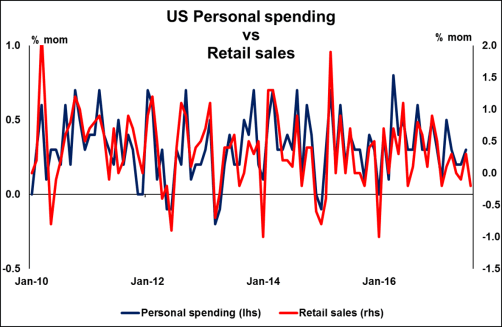Next week’s market movers
- In Germany, voters will elect their new Chancellor. On the vote, we see the case for a relief bounce in European assets if Merkel is the winner as anticipated, though any major reaction may only occur towards the end of October, when the coalition-making process begins.
- New Zealand will hold its General Election as well. A victory by the incumbent National Party could support the Kiwi, whereas a potential Labor win could weigh on the currency, we think.
- The RBNZ is expected to stand pat. We don’t expect any major change in language, given the lack of developments since the latest meeting.
- We also get key economic data from Germany, the Eurozone, Japan, and the US.
Important events start earlier next week, as on Saturday, New Zealand will hold its General election. Most opinion polls suggest a very tight race between the incumbent National Party and the Labor party. Judging from how the Kiwi has reacted to opinion polls so far, a victory by the National Party would probably prove beneficial for the currency, whereas a potential win for the Labor Party could weigh on NZD. We believe this is the case mainly to the different stances these two main parties hold on trade policy. The Nationals largely represent the status quo and advocate continued free trade. On the other hand, Labor officials have noted in the past that they are open to renegotiating trade deals such as the Trans-Pacific Partnership (TPP). Considering how heavily reliant New Zealand is on international trade, such a renegotiation could potentially hurt exporting firms and thereby, slow down the economy.
Subsequently on Sunday, Germany will hold its own Federal Election. Unlike the bloc’s recent elections in the Netherlands and France, this battle appears to be more traditional in nature, with the two main parties holding very similar views on key issues. According to almost every opinion poll, another victory by incumbent Chancellor Merkel is perceived as certain. As such, we believe that the market reaction on the actual vote may be relatively limited, with risks tilted towards a small relief bounce in the euro and European stocks in case Merkel wins as expected.
We believe that any major market reaction in the aforementioned asset classes may result from who Merkel chooses to align herself with, something that will become clearer towards the end of October. The political alliance she forms could determine whether much-needed EU reforms will materialize, such as the creation of a position for an EU Finance Minister, a shared euro-budget, and further banking sector integration. All of these would likely be seen as steps towards the creation of a fiscal union in Europe that would accommodate the monetary one. In our view, any signs that such positive reforms may be looming could lead investors to fundamentally re-evaluate European assets, and by extension, the euro itself.
Turning back to Germany, a continuation of the "Grand coalition" between Merkel’s CDU with the SPD, Germany’s second largest party, is likely to be the most market-friendly outcome, considering the SPD’s pro-EU stance. This could spell further good news for the common currency, and quite possibly for major European equity indices. On the other hand, a coalition that does not include the SPD, but for example includes the FDP that is against the aforementioned EU reforms, could be perceived as a negative for European markets and the euro, we think.
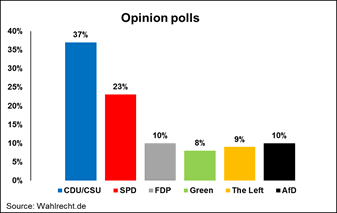
On Monday and Tuesday, we have no major events or indicators on the economic agenda. Market participants may still be digesting the outcomes of the aforementioned elections.
On Wednesday, during the early Asian morning, the RBNZ will announce its policy decision. At its latest gathering, the Bank acknowledged that CPI inflation softened in Q2, but noted that it is still within the target range. Importantly, officials kept the timing of their first planned rate hike unchanged for Q1 2020, while they expressed discomfort about the up-until- then strength of the Kiwi. On top of that, in the aftermath of the decision, Governor Wheeler said that the option of FX intervention is always open. Since that gathering, we did not get much in terms of economic developments. The only point worth mentioning is that the Bank’s 2-year inflation expectations for Q3 slid somewhat. This combined with the fact that the Kiwi is trading more or less at the same levels it was trading back then make us believe that the Bank is likely to remain on hold once again and make very few changes to its language.
As for the Bank’s first rate increase, according to New Zealand’s OIS, the market continues to anticipate that to happen in Q3 2018, much earlier than the Bank’s own forecasts. Another round of concerns over the exchange rate, especially more intervention warnings, could convince the market to push back its hike expectations. Having said all these, the gathering is scheduled just a few days after the nation’s elections. Given that the forthcoming direction of the Kiwi may be primarily determined by the election outcome, we think the Bank’s gathering may attract less attention than otherwise.
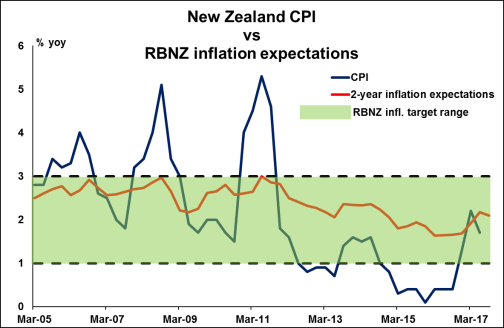
Turning to the economic indicators, in the US, durable goods orders for August are coming out. The consensus is for the headline orders to have rebounded after falling sharply in July, while the core rate is forecast to have declined. The core forecast is supported by the nation’s ISM manufacturing PMI for the month, where the New Orders sub-index ticked down. The strong rebound in US civilian aircraft orders, on the other hand, supports the case for a rise in the headline rate. On balance, the market may place more emphasis on a potential decline in the core rate.
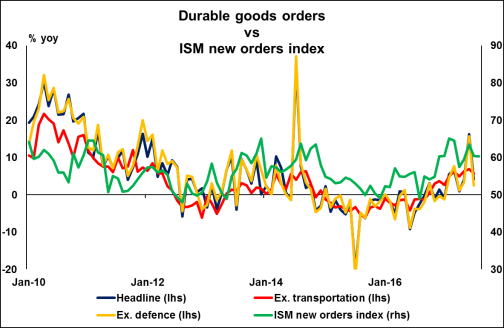
On Thursday, Germany’s preliminary CPI for September is due out, one day ahead of Eurozone’s print. The forecast is for the CPI rate to have ticked up, and to be exactly in line with the ECB’s mandate of below, but close to 2%. The forecast is supported by the nation’s preliminary Markit composite PMI for the month, which showed another strong rise in prices charged for goods and services. An acceleration in German inflation could raise speculation for a similar reaction in the bloc’s overall print.
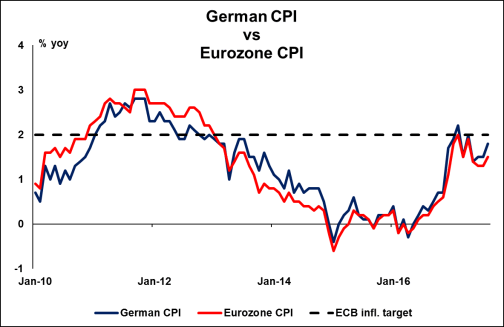
Finally on Friday, during the Asian day, Japan’s CPIs for August are due for release. Without a forecast available, we see the case for both the headline rate and the core rates to have risen. We base our view on the nation’s forward-looking Tokyo CPIs for August, where both the headline and the core rates rose. Even though something like that would probably be further encouraging news for BoJ policymakers, we maintain our view that as long as inflation remains so far away from the 2% inflation target, the Bank is unlikely to alter its QQE with yield-curve control framework. Under this framework, the BoJ has committed not only to achieving 2%, but to actually overshoot it.
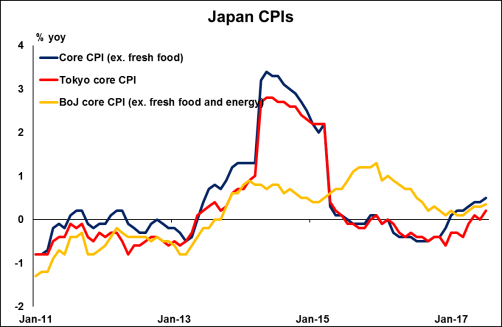
During the European morning, Eurozone’s preliminary CPI data for September are coming out, though no forecast is available yet for either the headline or core rates. We see the case for both rates to have risen somewhat further, something that we base on the bloc’s preliminary composite PMI for September, which showed selling price inflation reaching its highest rate since April. Further uptick in these rates would probably be pleasant news for ECB policymakers, who are set to provide some clear details about the future of QE at their upcoming October meeting. Moving forward, we think that market focus will be on whether the Bank will proceed with a "dovish tapering", whereby it begins to reduce its monthly purchases without setting a clear roadmap for ending the programme completely.
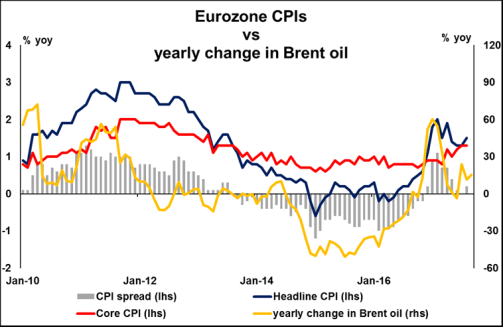
From the US, we get personal income and spending, as well as the core PCE price index, all for August. Getting the ball rolling with income and spending, both of these rates are forecast to have declined from the previous month. The income forecast is supported by the slowdown in the nation’s average hourly earnings for the month, while the decline in retail sales suggests that the spending rate may even turn negative. Turning to the core PCE index, in the absence of a forecast, we see the case for the rate to have remained unchanged. We base our view on the core CPI rate for the month, which held steady at +1.7% yoy.
